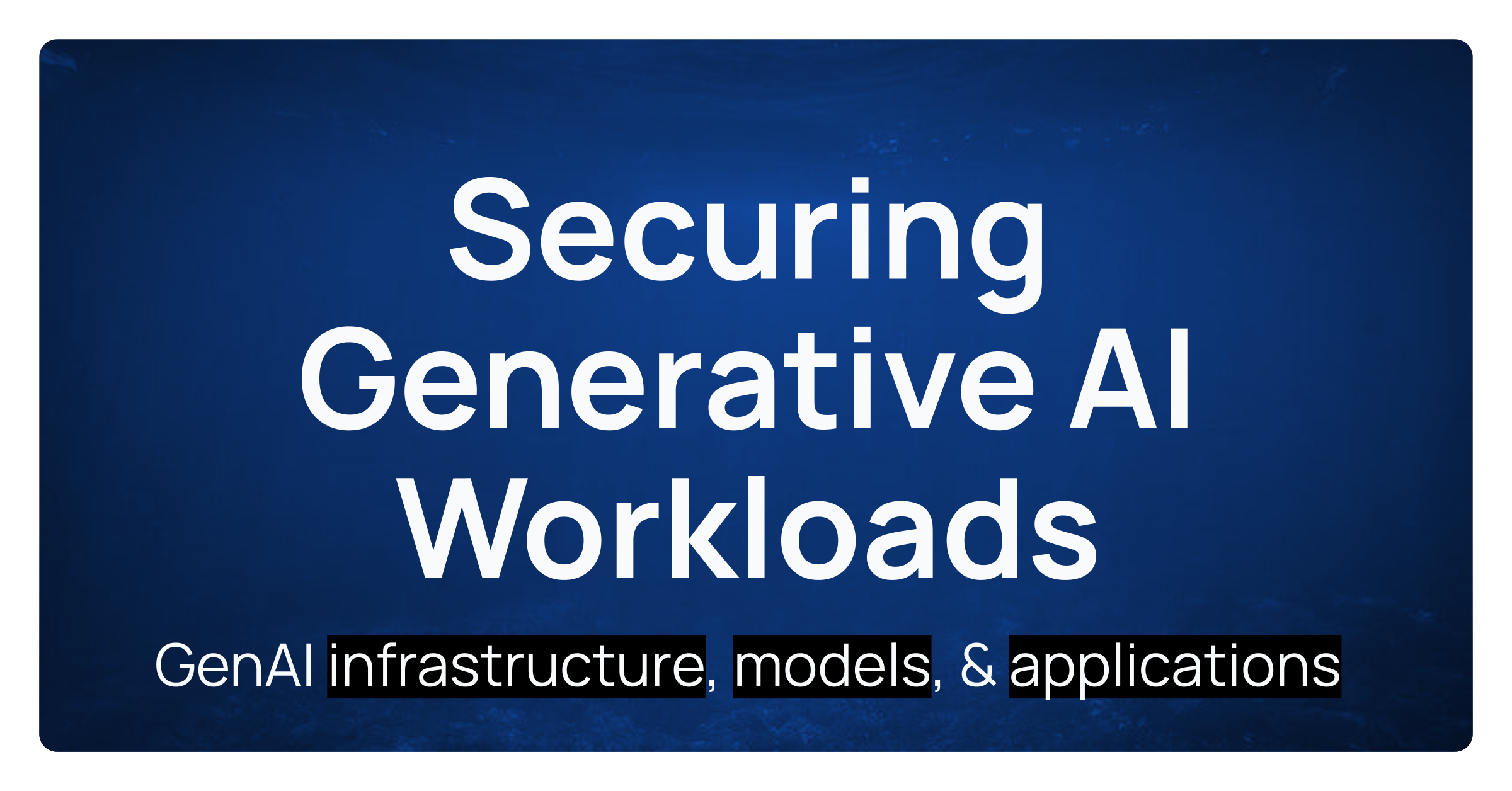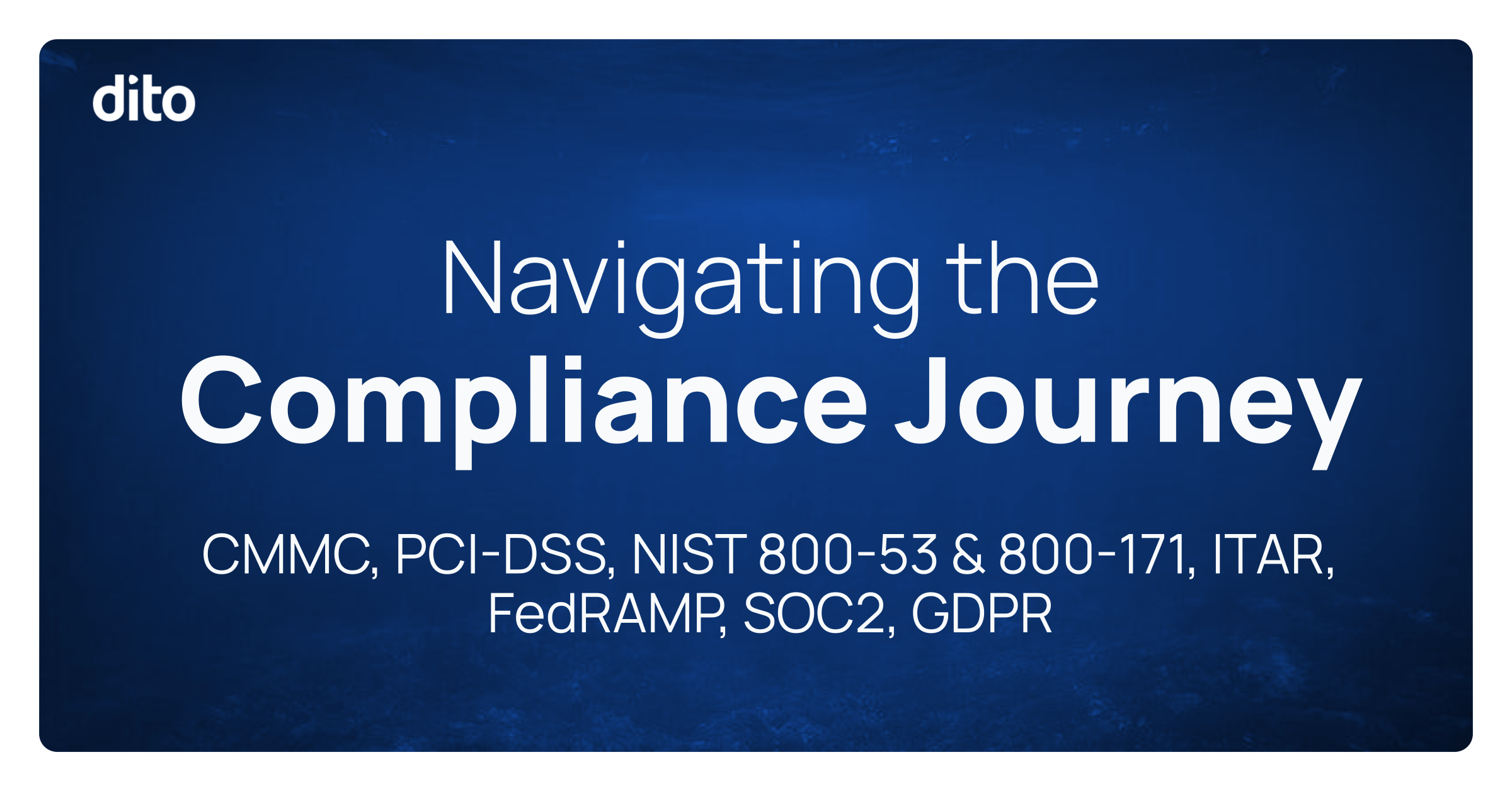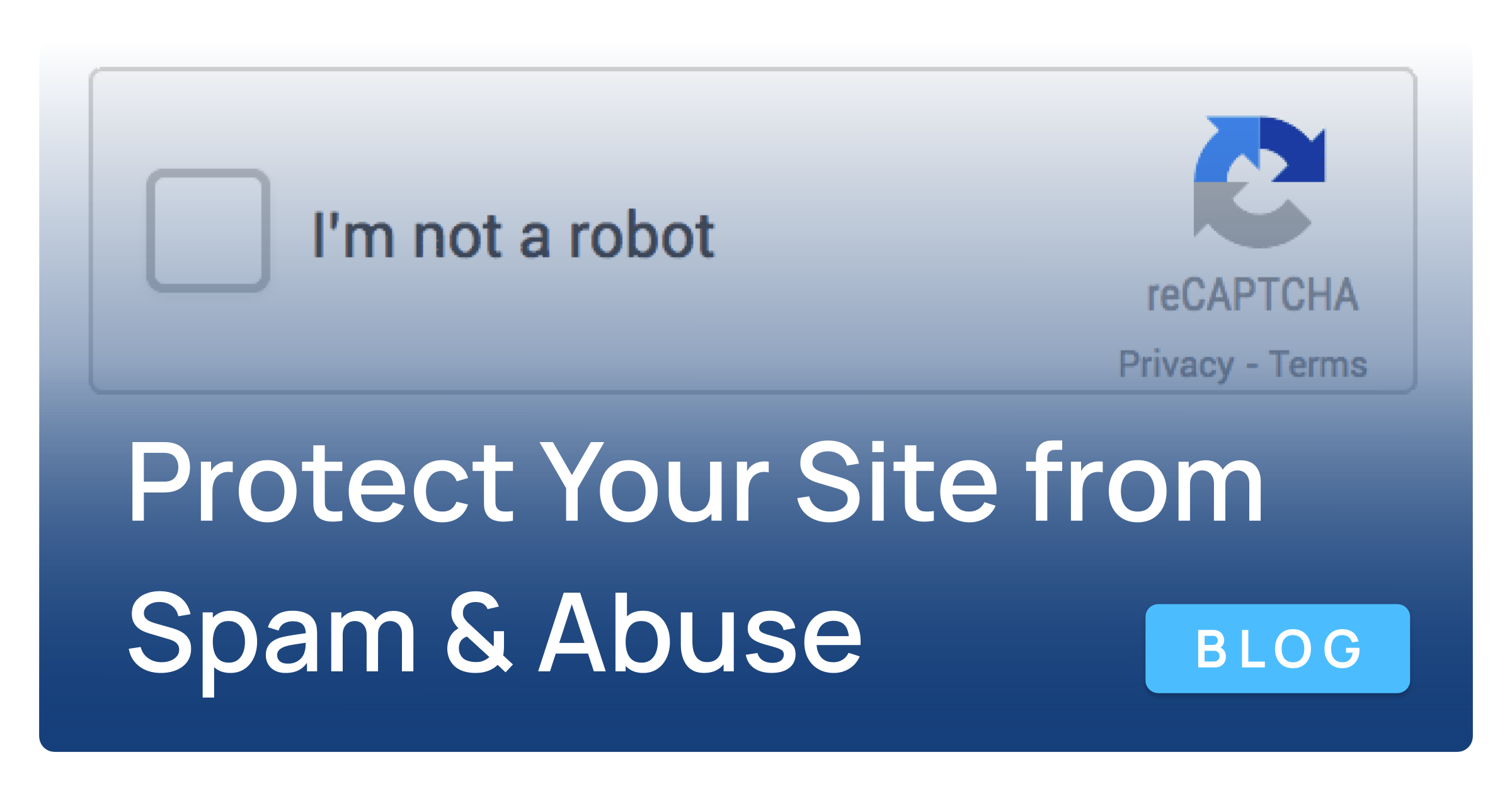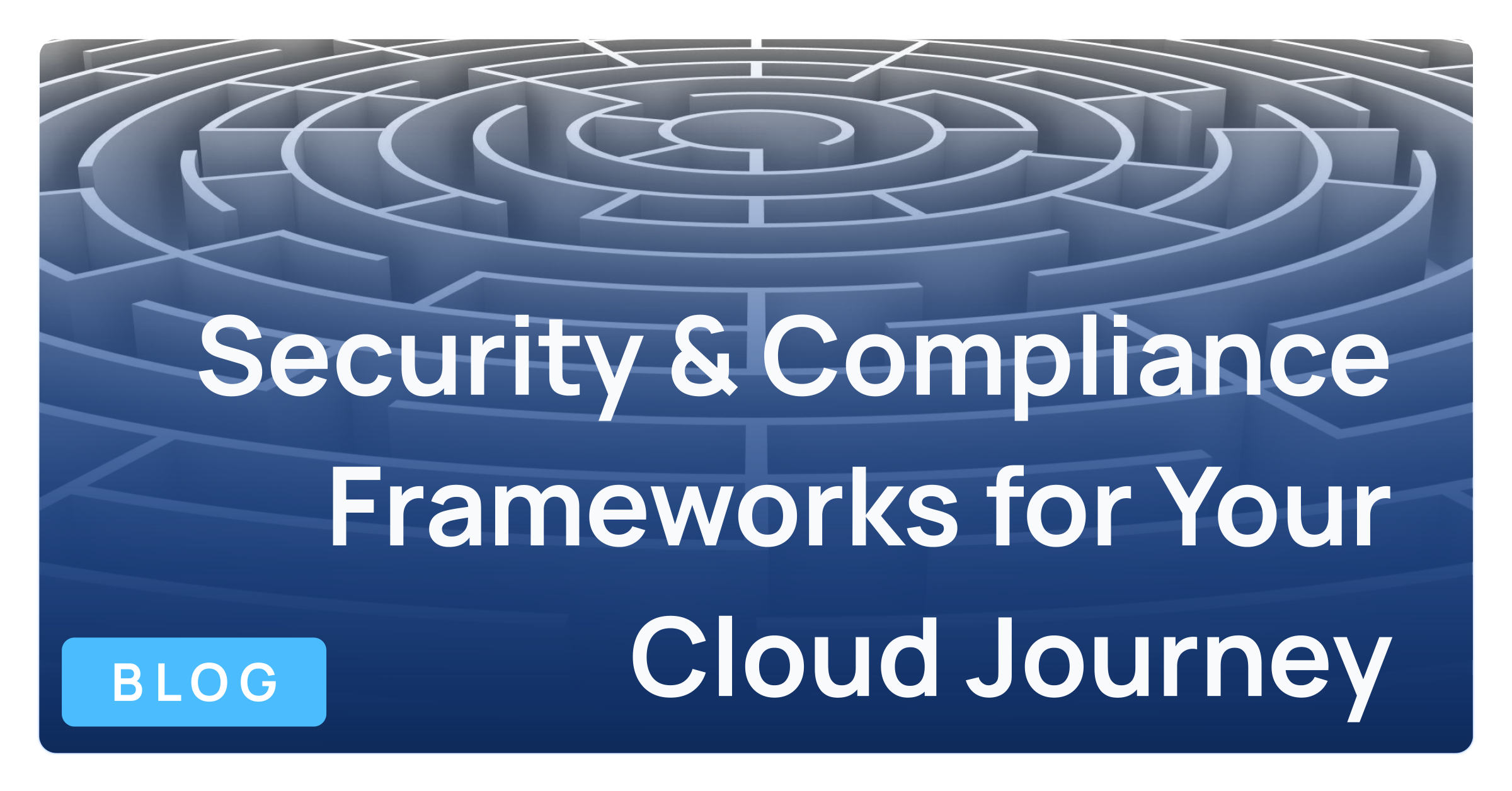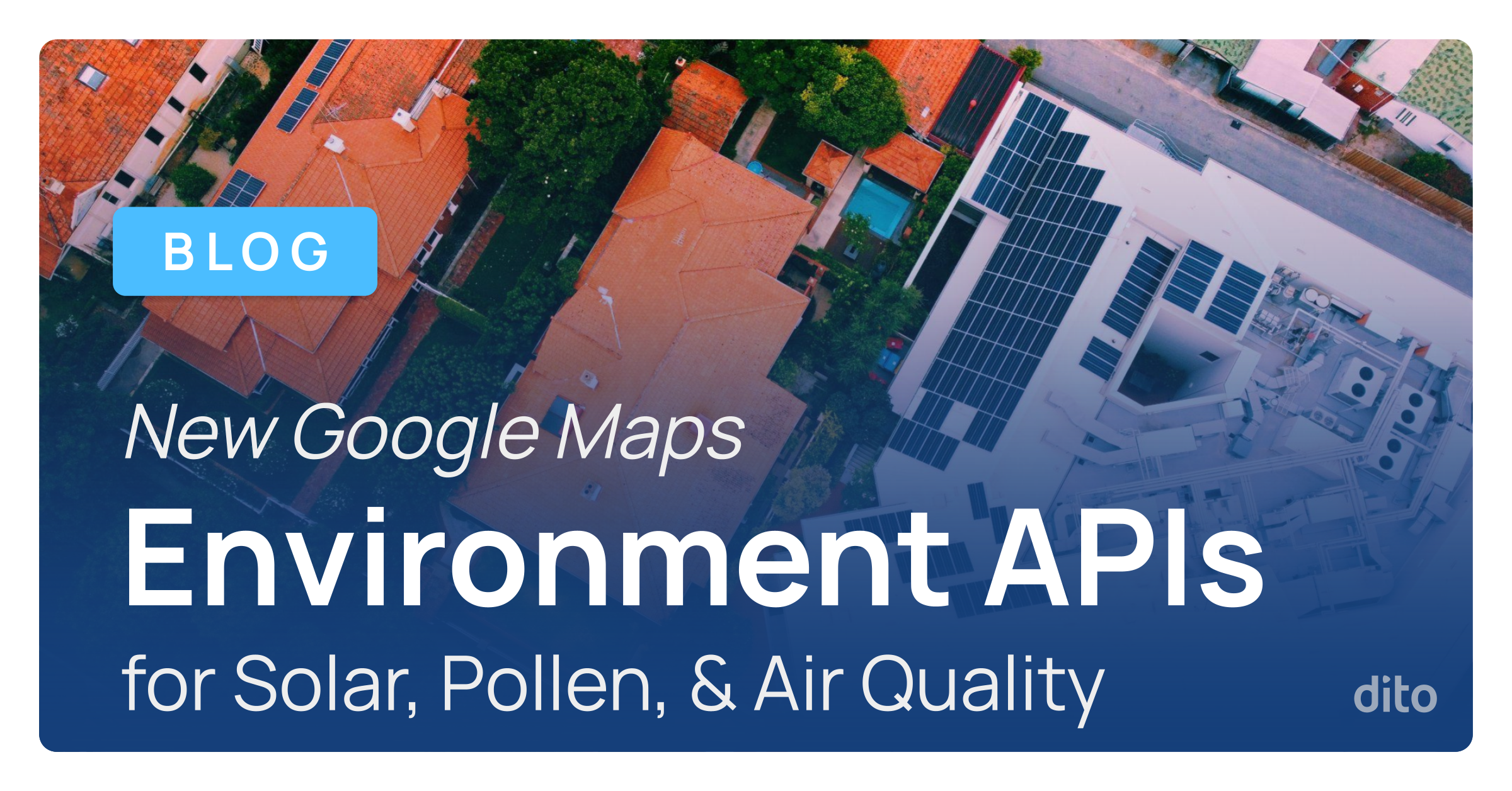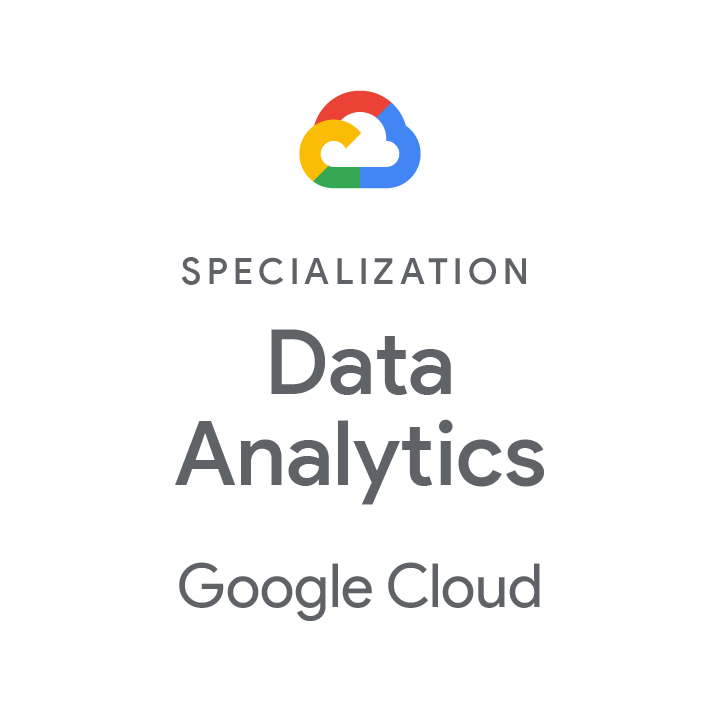The restaurant industry is going through a period of widespread disruption. The rising prevalence of restricted diets is combining with greater demand for convenience to force restaurants to digitize everything from their supply chains to everyday management systems.
In theory, a digitized supply chain allows restaurants to integrate varied ingredients and items into their menus in a cost-efficient way. Implementing digital technologies in day-to-day operations, on the other hand, allows for more advanced customer service models, something that is particularly critical as food delivery demands are shifting.
The changing delivery world
Convenience is disrupting the restaurant sector. An RSM report explained that restaurant operators are experiencing shifting consumer expectations around carry-out and delivery services. This has resulted in three key changes that must be dealt with: a need to integrate third-party delivery systems into the business, reduced demand for on-premise purchases and pressure to adjust menu items to ensure food travels well.
RSM isn’t alone in highlighting the ways that emerging delivery requirements are causing seismic shifts in restaurant business models. Restaurant Business called off-premise dining an extremely disruptive trend. In some cases, restaurants are completely redesigning their facilities to incorporate drive-thru pickup channels specifically for delivery drivers. In this case, both third-party and company drivers would be able to quickly stop by the restaurant, pick up an order and get back on the road, all without having to leave the car.
This is just one example of how delivery requirements are pushing restaurants to rethink their operational models. Demand is escalating quickly, and many full-service chains will explore new business and service models to help them keep up with competition from segments that can offer consumers convenience, such as grab-and-go counters at grocery stores.
Gaining visibility into the delivery chain
We briefly mentioned supply chain digitization earlier as a nod to how restaurants are adapting their sourcing models in light of changing consumer expectations. That same trend is applying on the other side when trying to deliver goods to customers. Like e-commerce companies, restaurants must increasingly understand the process of getting goods from central locations out to customers in cost-efficient and consumer-friendly ways.
Just like in the supply chain sector, the restaurant industry is being disrupted by internet of things technologies and similar solutions that provide greater visibility into the location of goods, allow delivery drivers to complete transactions electronically in the field and support robust communications functionality.
Cloud applications and services are emerging to help organizations engage employees in remote locations, and the Google Maps ecosystem is becoming a powerful tool for restaurants trying to gain a better understanding of how their delivery services function.
Using Google Maps for restaurant delivery service
Mapping applications can blend telematics data with historic record keeping and collaboration tools to give managers direct visibility into field operations and strategic guidance during decision-making.
For example, the platform could be used when a customer calls to check on an order. In this case, the manager could check the app to identify the driver’s location and, if anything looks unusual, call the driver directly through the app. From there, the manager can offer a more precise estimate and create a better customer experience.
Alternately, that same manager can look at historic data of delivery times to different locations and identify trends, such as delays due to seasonal traffic patterns, and make big-picture decisions on delivery routes and customer-facing service estimates accordingly.
Google Maps APIs can offer this sort of visibility, and it does so with a few key interface capabilities that make it stand out. Users can create custom maps of their service areas, changing just about every part of the map – from points of interest to labeling – to make the map as valuable as possible.
Implementing Google Maps in various ways can empower restaurants to keep pace with shifting consumer applications, particularly as mobile ordering and delivery services become a key part of the business model. Other key use cases for mapping and location data, that we will explore in future posts, include:
- Dynamic and interactive store locators to engage customers.
- Address “autocomplete” to expedite the user interaction by offering to finish filling in checkout pages with pre-populated, standardized address data to minimize errors.
- Multi-point route optimization, estimated travel times, and asset tracking for on-demand, order-ahead and delivery services.
Deploying such a robust solution across multiple branches or in a small, specialized restaurant setting can seem intimidating, but Dito can help. Our Google Maps expertise, consulting offerings and application development services can help you get a mapping application running quickly.
